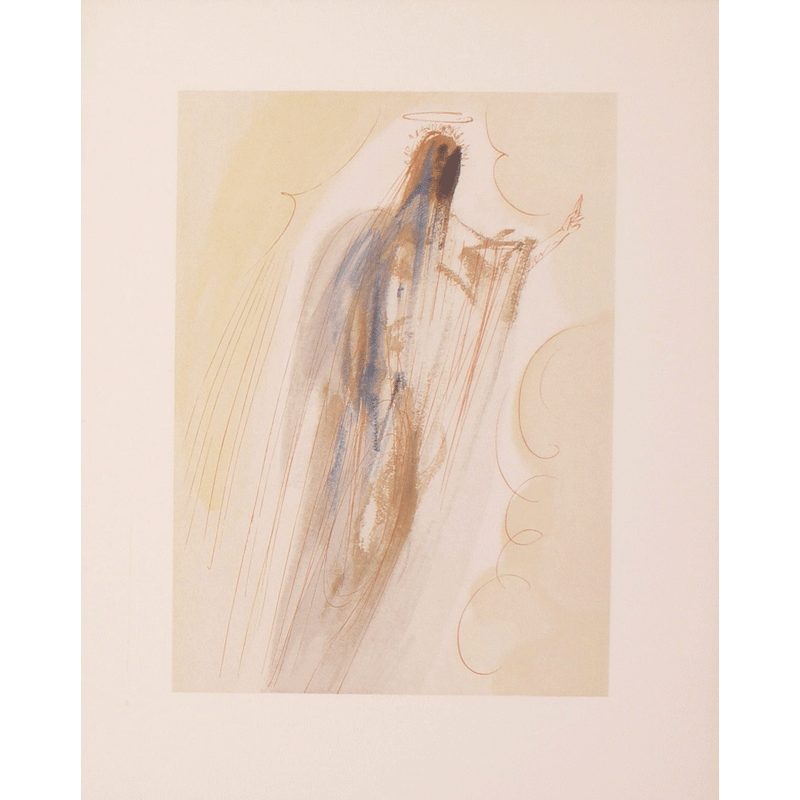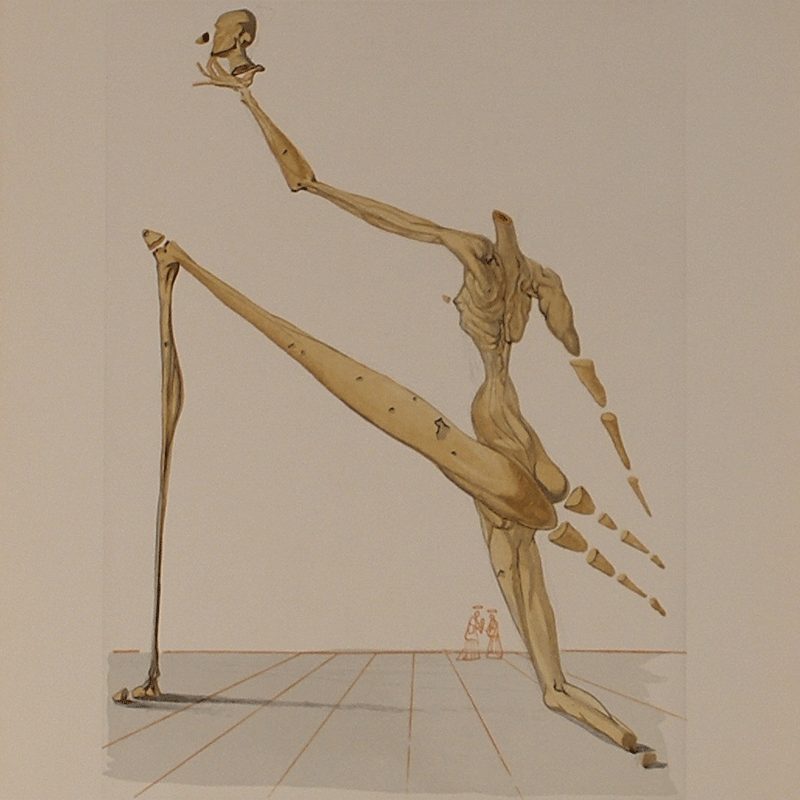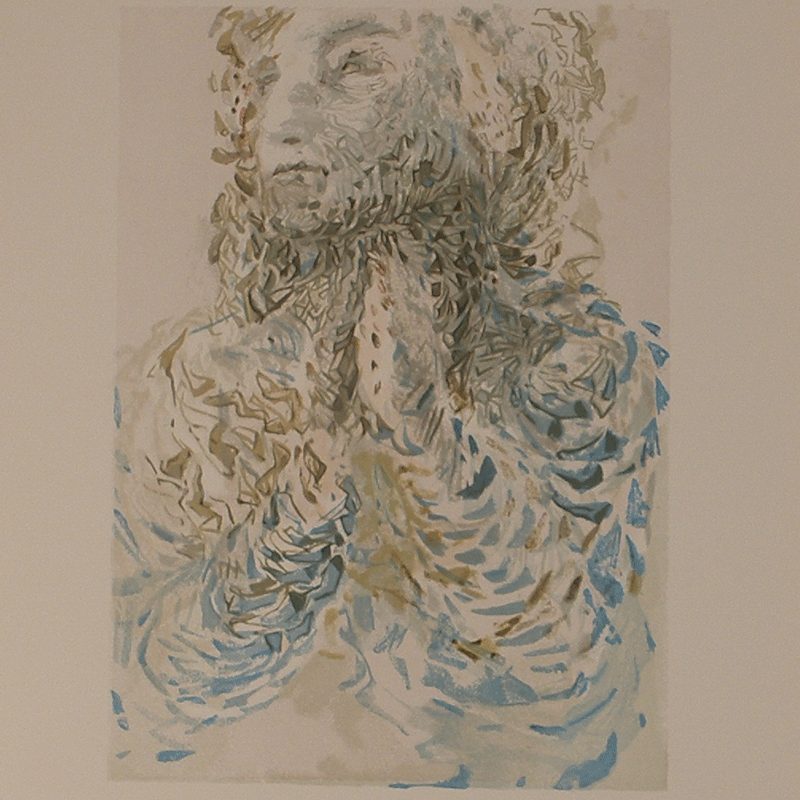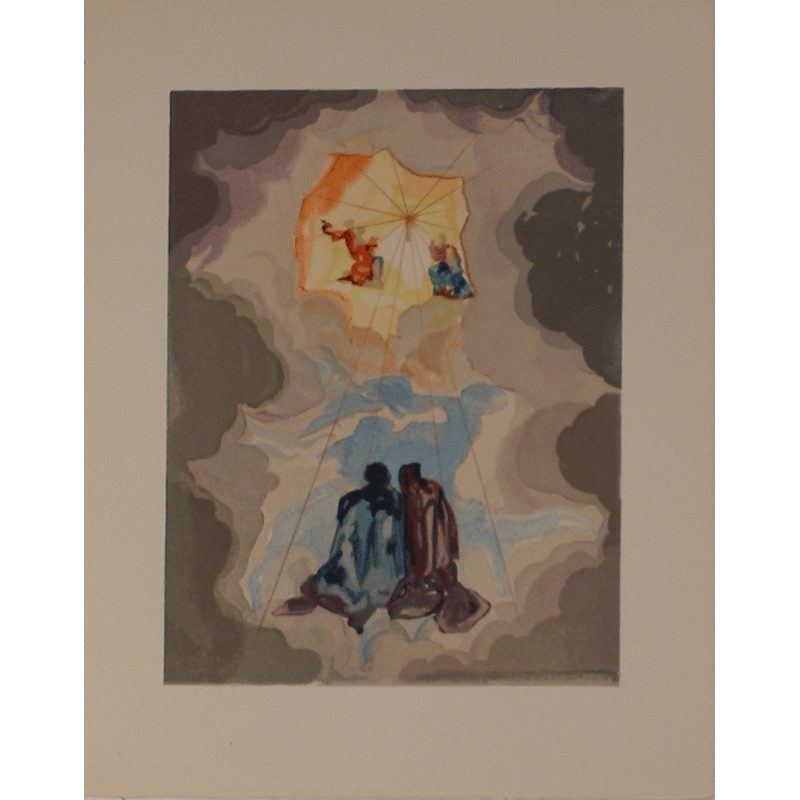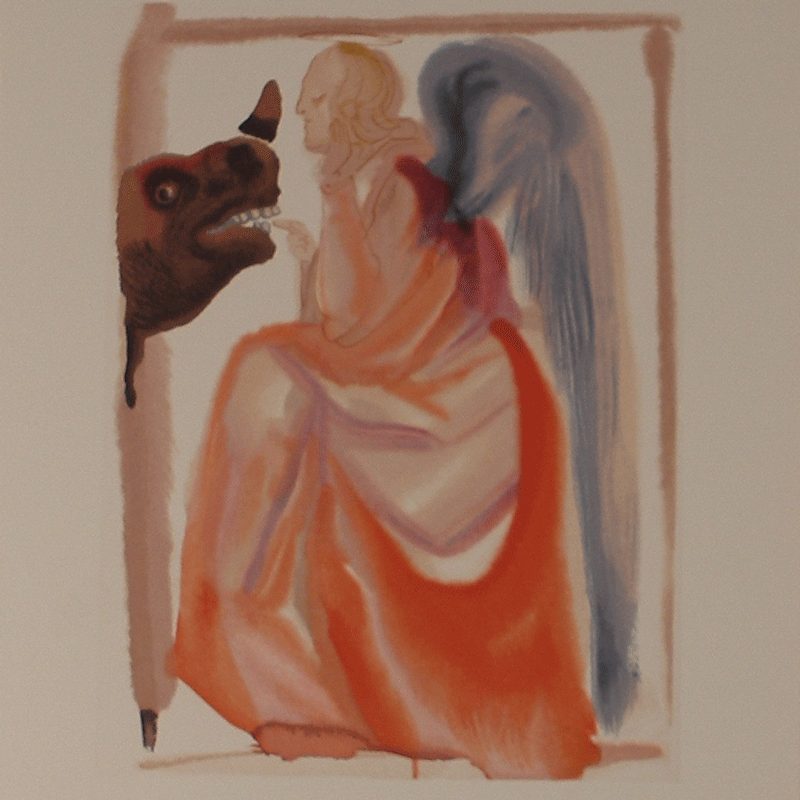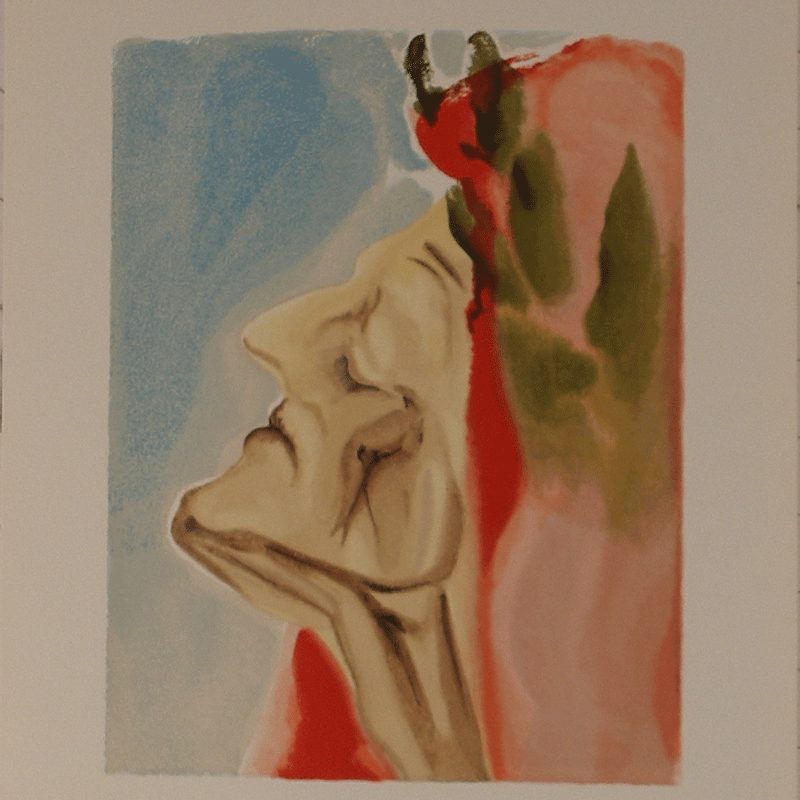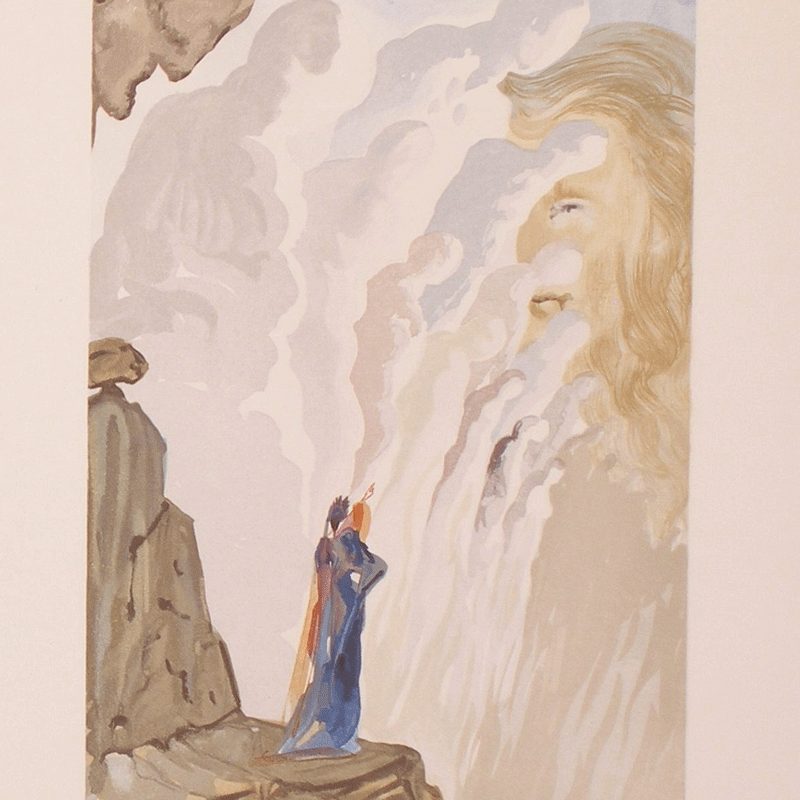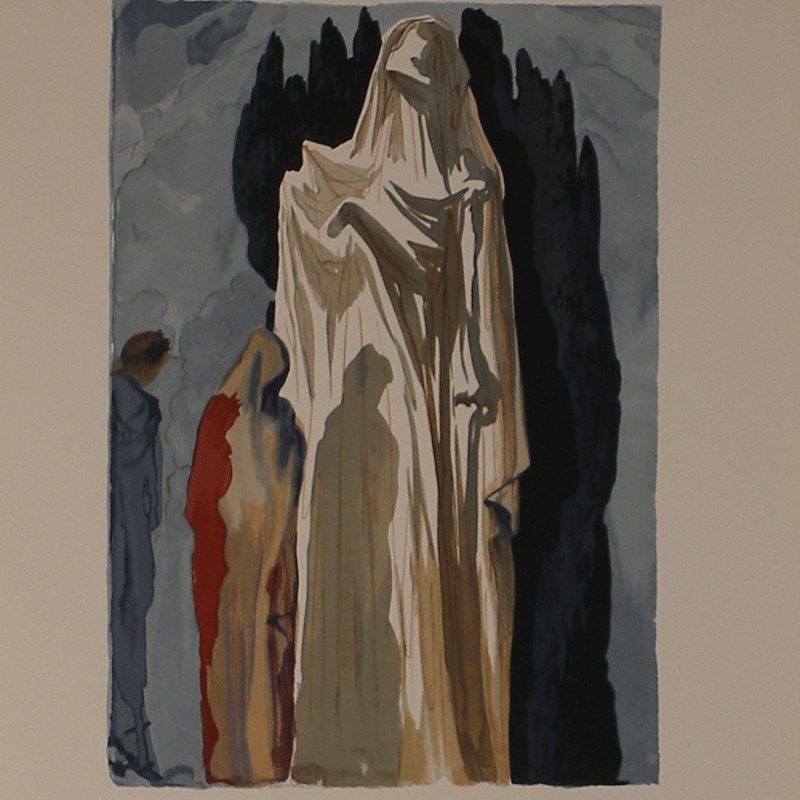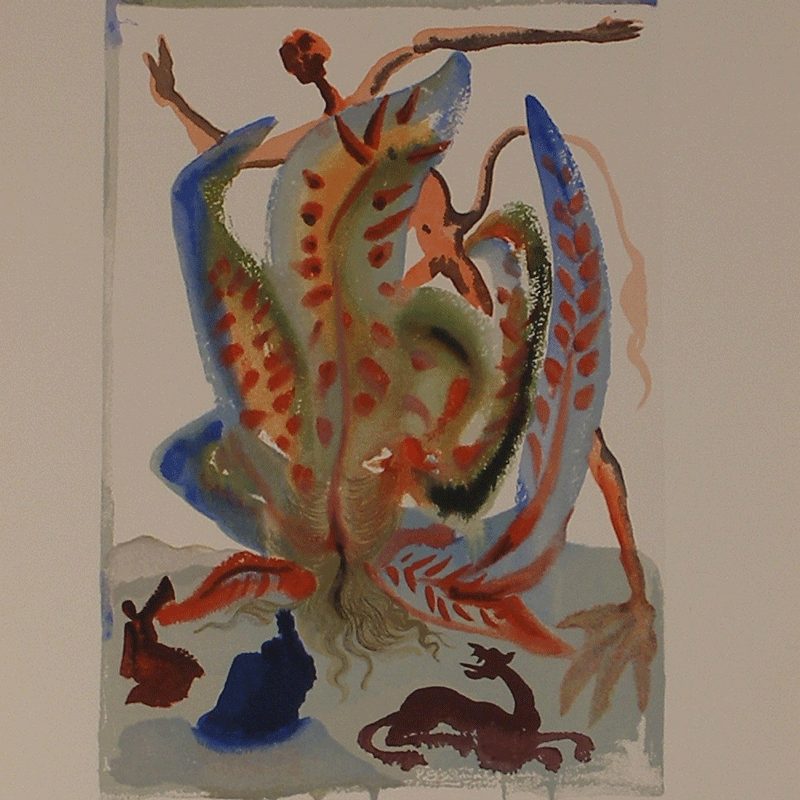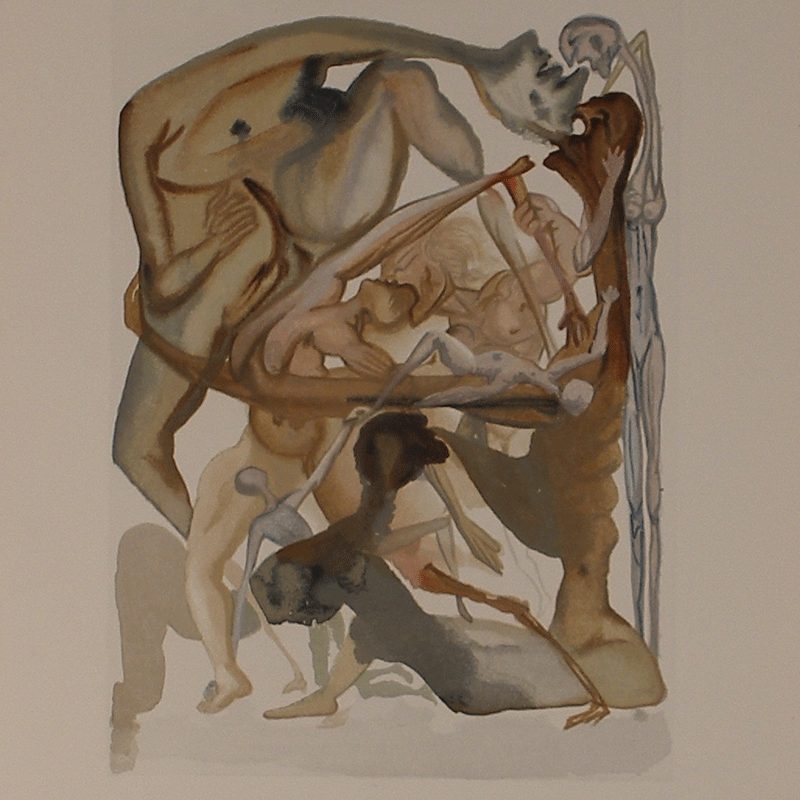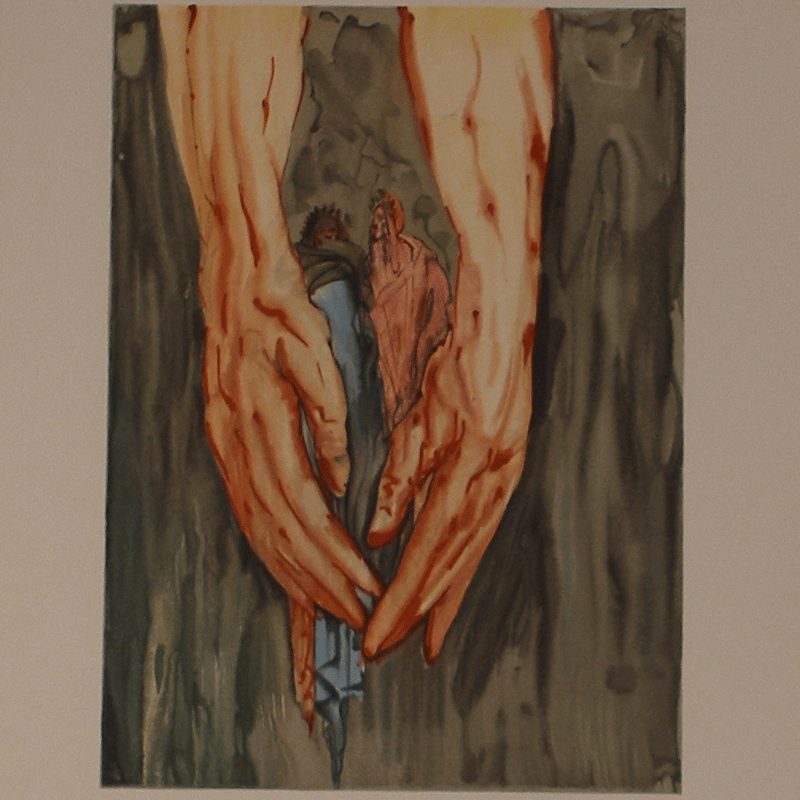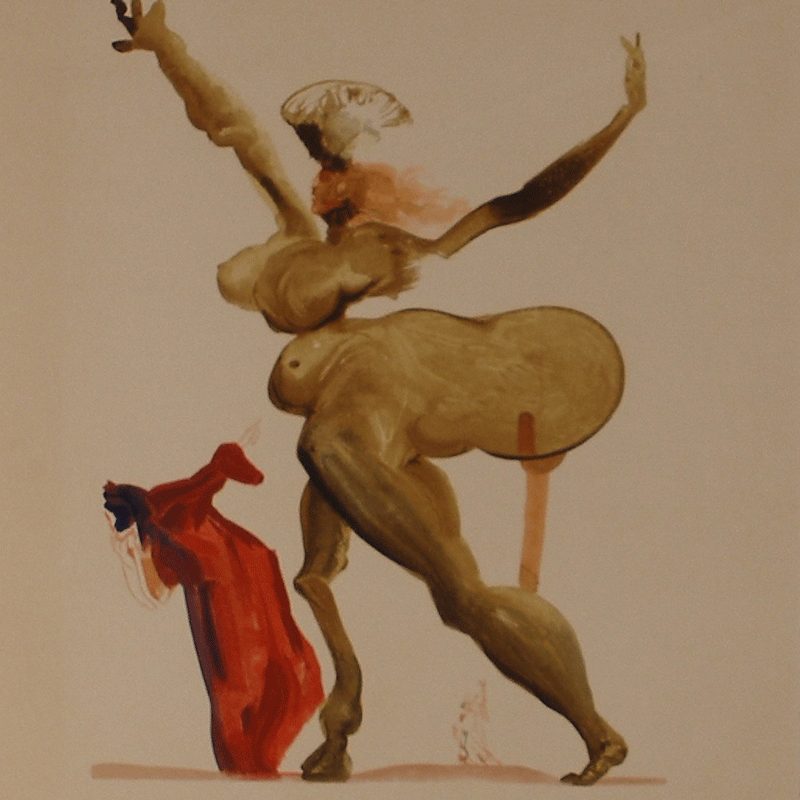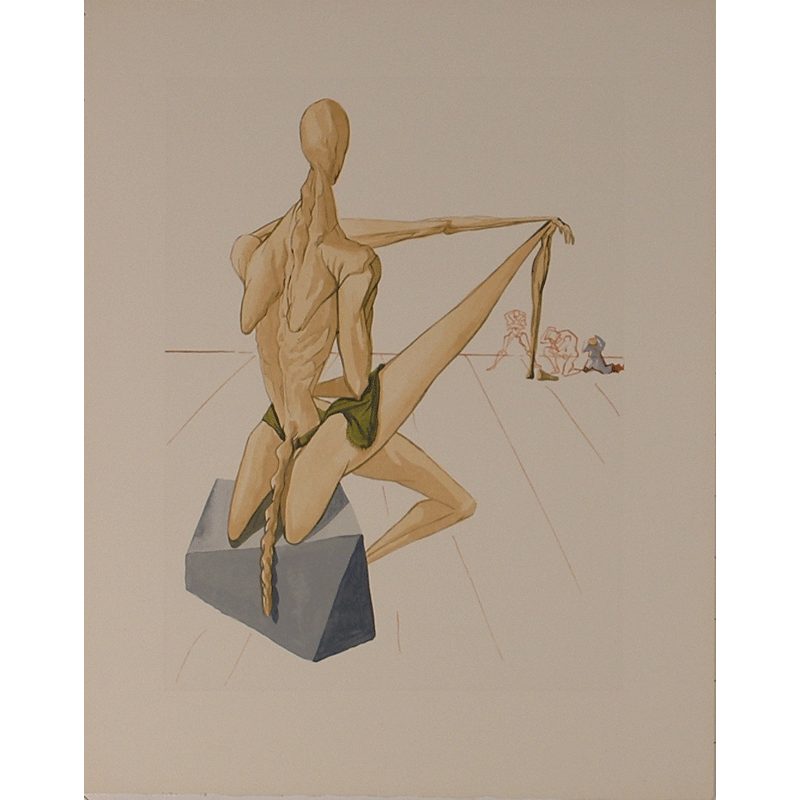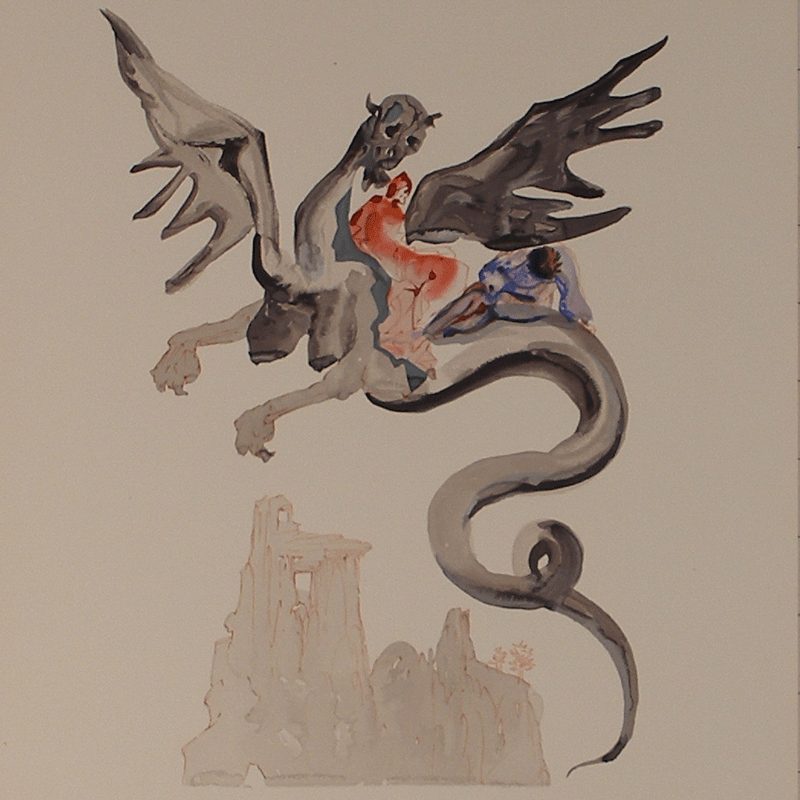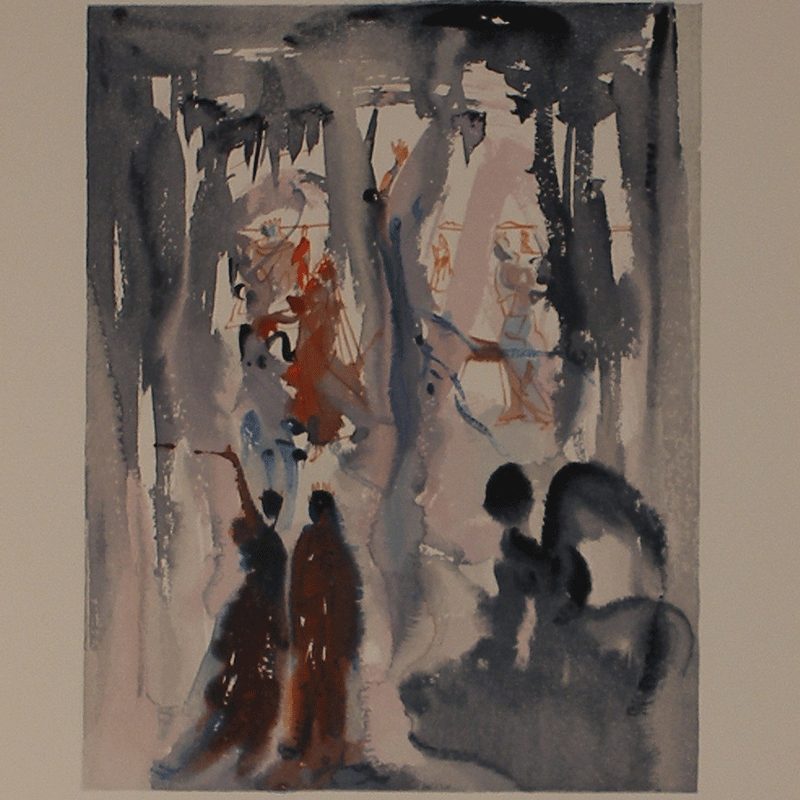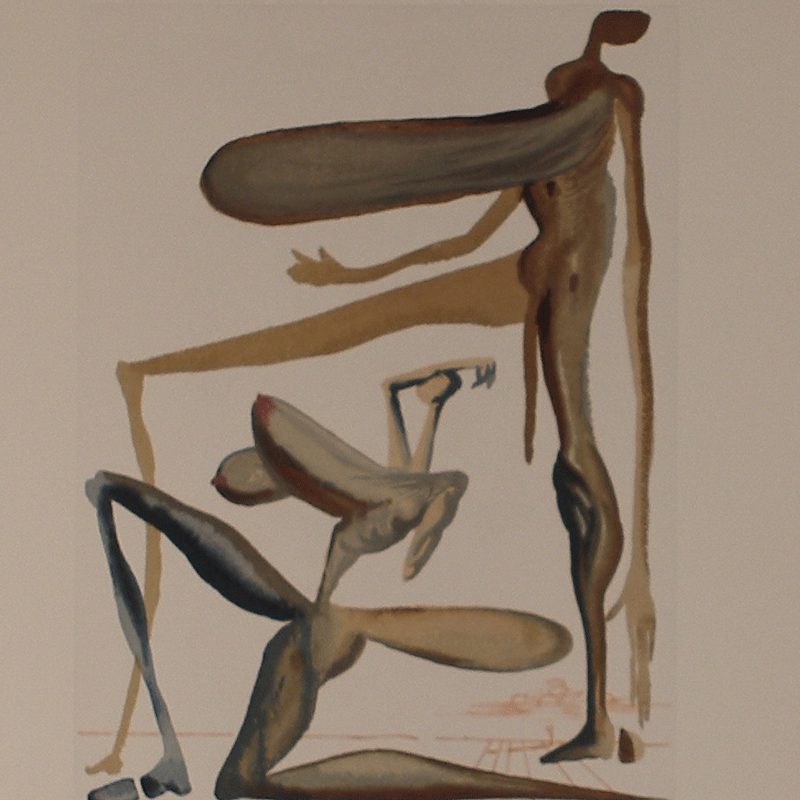
Figueres Spain – 1904 -1989
Dalí was a skilled draftsman, best known for the striking and bizarre images in his surrealist work. His painterly skills are often attributed to the influence of Renaissance masters.[1][2] His best-known work, The Persistence of Memory, was completed in August 1931. Dalí’s expansive artistic repertoire included film, sculpture, and photography, in collaboration with a range of artists in a variety of media.
Salvador Felipe Jacinto Dali I Domenech was born on the morning of May 11, 1904 in the small agricultural town of Figueres, Spain.
At a young age Dali attended the San Fernando Academy of Fine Arts in Madrid and received early recognition of his talent with his first one-man show in Barcelona in 1925. The following year he held his first one man show in Paris. He also joined the surrealists, led by former Dadist Andre Breton. That same year Dali met Gala Eluard with her then husband, poet Paul Eluard. She became Dali’s lover, muse, business manager, and chief inspiration.
Dali soon became a leader of the Surrealist Movement and created one of the most identifiable surreal images, The Persistance of Memory. As the war approached, the apolitical Dali calshed with the Surrealists and was “expelled” from the surrealists group during a “trial” in 1934. He did continue to exhibit works in international surrealist exhibitions throughout the decade but by 1940 Dali was moving into a new type of painting with a preoccupatin with science and religion.
The Museum of Modern Art in New York gave Dali his first major retrospective exhibit in 1941. This was followed in 1942 by the publication of Dali’s autobiography, The Secret Life of Salvador Dali. As Dali moved away from Surrealism and into his classic period, he began his series of 19 large canvases, many concerning scientific, historical or religious themes.
As an artist, Salvador Dali was not limited to a particular style or media. The body of his work, from early impressionist paintings through his transitional surrealist works, and into his classical period, reveals a constantly growing and evolving artist. Dali worked in all media, leaving behind a wealth of oils, watercolors, drawings, graphics, and sculptures, films, photographs, performance pieces, jewels and objects of all descriptions. As important, he left for posterity the permission to explore all aspects of one’s own life and to give them artistic expression.
SALVADOR DALI
Showing 1–16 of 40 results
